Why Is the Wartime Press Corps So Hawkish?
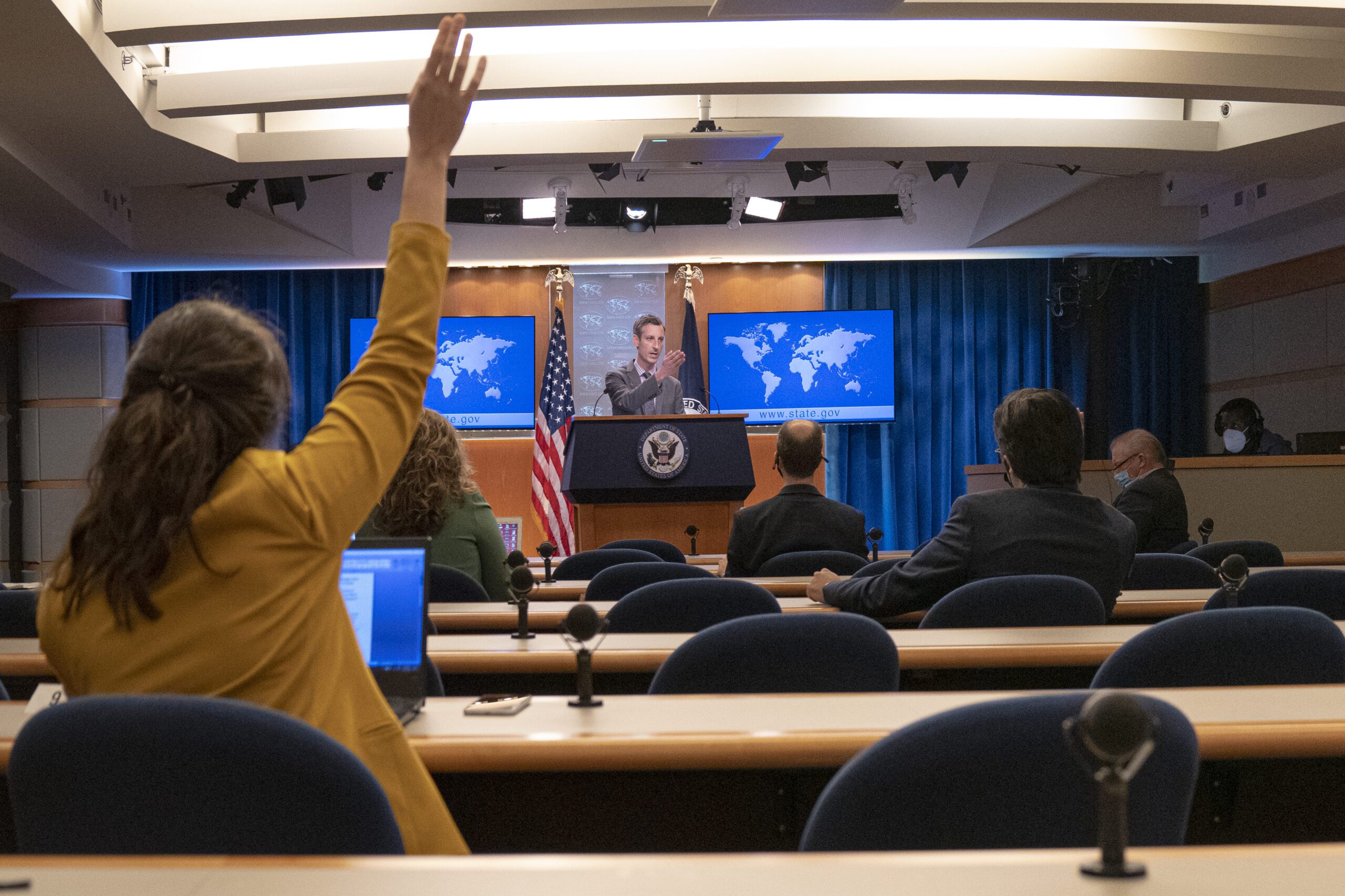
The United States’ most reputable media outlets have a long history of tilting toward military action.
By Mark Hannah
This article appeared in Foreign Policy on March 30, 2022. It includes references to the Eurasia Group Foundation, now known as the Institute for Global Affairs.
Armed conflict has a way of bringing out both the best and the worst in US journalism. Since Russia invaded Ukraine, war correspondents have courageously delivered battlefield news reports that lay bare Russian President Vladimir Putin’s brutality. Yet many journalists and commentators—most of whom live comfortably removed from the front lines—have lately been calling on the United States to escalate its involvement in dangerous ways. Leading national security journalists have openly suggested that the US military simply bomb Russian convoys or enact a no-fly zone over Ukraine, which would require shooting down Russian planes. The White House press corps has barraged the White House press secretary with questions, practically goading the president to intervene. Some frame the war as a matter of existential importance for US security, comparing failure to intervene with appeasing former Nazi dictator Adolf Hitler.
These calls for the United States to join the fight seem especially shocking and glib, considering the serious dangers of conflict between two nuclear-armed powers. As the Atlantic Council’s Damir Marusic explains, even minor skirmishes can escalate to nuclear exchanges terrifyingly fast. Given these risks, US President Joe Biden has been understandably cautious—a trait that doesn’t always play well in a polarized news culture. Fox News invited a Ukrainian official to characterize the president making the no-fly zone decision as “afraid” and a Republican senator to call it “heartless.” The Wall Street Journal editorial board thinks Putin has “succeeded in intimidating Mr. Biden” with the threat of nuclear escalation. Meanwhile, the American people are not fully informed on the details or likely consequences of such an action. Polling finds Americans supportive of a no-fly zone at first glance, with support for the idea dropping like a rock once pollsters explain it would almost certainly result in an honest-to-goodness shooting war with Russia.
In times of war, the United States’ most reputable journalists and media outlets have a long history of tilting toward military action. Just last year, mainstream news outlets subjected the Biden administration to a torrent of criticism over the widely popular decision to withdraw from Afghanistan—a wise move given two decades of failure to create a stable Afghan democracy and the need to rebalance US military capabilities toward competition in Asia. Although coverage of the Trump presidency was broadly negative, then-US President Donald Trump received fawning praise after he launched a strategically pointless missile strike on Syria in 2017.
Former US President Barack Obama received wide support in the media for his decision to establish a no-fly zone during the First Libyan Civil War (which he would remember as the “worst mistake” of his presidency), and attracted significant criticism for subsequently avoiding intervention in Syria (likely informed by the disastrous consequences of the Libya intervention). And who can forget news outlets across the political spectrum that failed to challenge the George W. Bush administration’s shaky justifications for the Iraq War? One study found that over a three week period prior to the invasion, 64 percent of guests appearing on network and cable news programs supported the war, whereas only 10 percent were opposed.
…
Read more of Mark’s article in Foreign Policy

Written by Mark Hannah
Mark is a senior fellow with the Independent America project at the Institute for Global Affairs and host of IGA’s podcast, None Of The Above.
Read more from Mark
This post is part of Independent America, a research program led out by Jonathan Guyer, which seeks to explore how US foreign policy could better be tailored to new global realities and to the preferences of American voters.

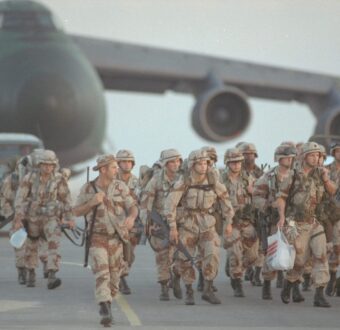

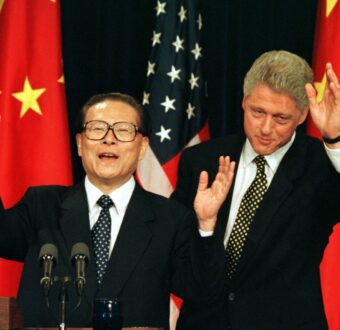
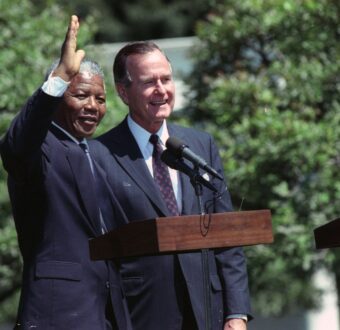
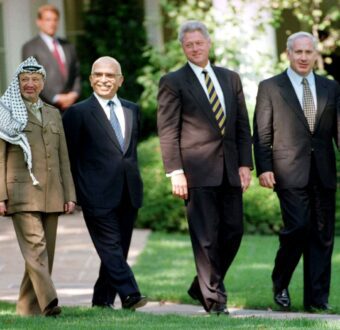

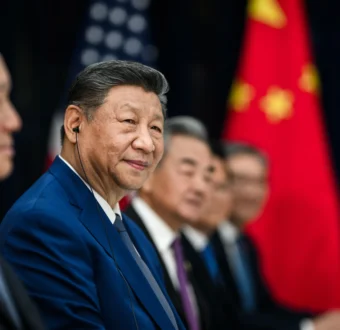
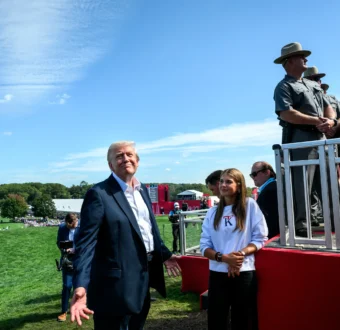



The UN Doesn’t Get Credit for the Lives It Saves